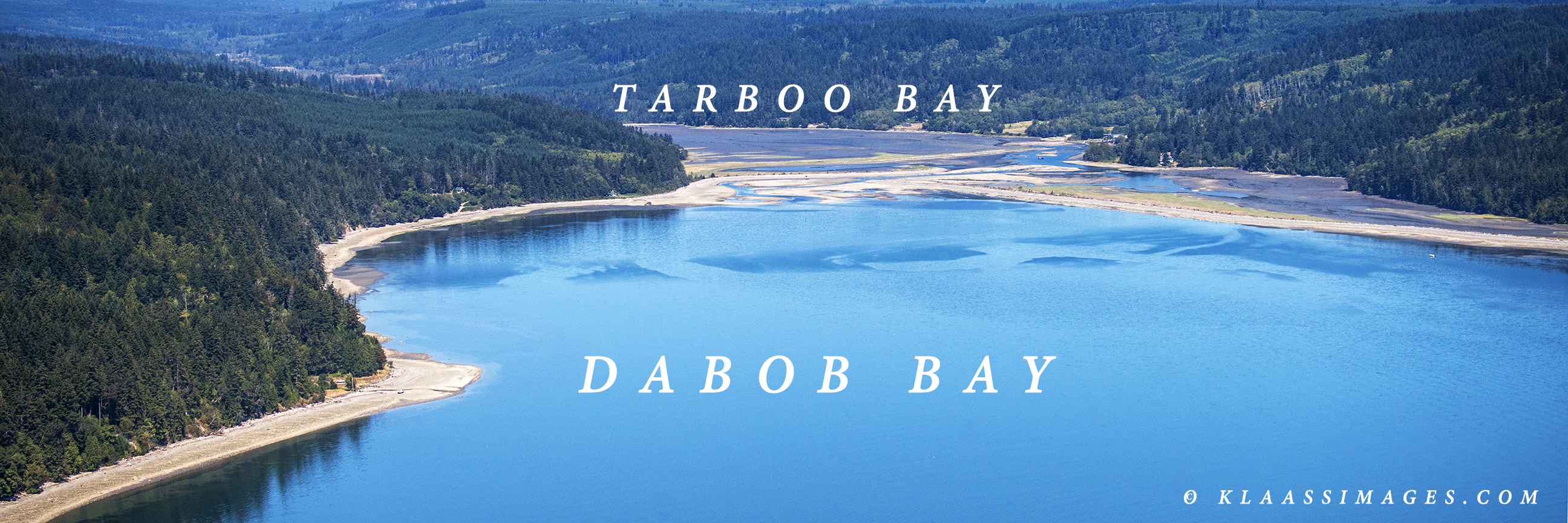
micrum) is found throughout tidal regions of theĬhesapeake Bay and coastal bays of the Atlantic Coast (Li et al. In the last three years, another alga has been recognized with Taxa and it is important to evaluate their impacts on oyster filtration Oysters, native or introduced, will be exposed to these bloom forming ) resulting in fish and shellfish mortalities. minimum, Gymnodinium spp., Gyrodinium uncatenum

2001, Gordon & Dyer 2005, MagnienĢ001]) or through respiration or decay, yield low dissolved oxygenĬoncentrations (P. , Cochlodinium heterolobatum, Karlodinium veneficum, possibly Someīloom-forming species produce toxins (e.g., some Prorocentrum minimum Partially a result of excessive nutrient loads to the estuary. Oyster species must cope with increasingly frequent algal blooms, 4-23, NRC 2003) noted similar clearance rates for the twoĪ unique aspect to oyster success in the Chesapeake is that any There also seems to be no detectable impacts of theīay's ambient phytoplankton assemblage on the nonnative oyster, as Species in Chesapeake Bay experiments were not dramatically different Survival of the Suminoe oyster as salinity tolerances for the two EnvironmentalĬonditions in the Chesapeake also appear conducive for year-round ariakensis than the native oyster (Grabowski et al.Ģ004), supporting the early Chesapeake Bay results. Studies conducted in NorthĬarolina at salinities of 15-25 revealed higher growth rates and Incidence compared with native oysters in experiments conducted in Reaching market size (>75 ram) in <18 mo with very low disease ariakensis in rack culture were very rapid, There is strong political, economic, and environmental interest inĮvaluating the consequences of introducing another oyster species intoĮarly research results with triploid, sterile CrassostreaĪriakensis (Fujita 1913), the Suminoe oyster, have been promising. Virginica (Gmelin 1791) have met with limited success. RecentĮfforts to enhance populations of the native eastern oyster Crassostrea Harvest is approximately 1% of its former level (Newell 1988). Largest source of oysters but because of overfishing and disease, In the 19th century, the Chesapeake Bay was the nation's Icthyotoxin, Suminoe oyster, Crassostrea ariakensis KEY WORDS: oysters, harmful algae, Karlodinium, Prorocentrum, Losses to predation or siltation) may be ultimately altered. Size, the population structure of oyster reefs (e.g., through elevated If feeding on this Chesapeake Bay toxic dinoflagellateĮxtends the period of time that new settled individuals remain small in Nonnative oyster more than the native after first set as well as laterĪs it matures. Suggest that the increasingly more common blooms of the ichthyotoxicĭinoflagellate Karlodinium veneficum may preferentially impact the Veneficum was cleared at similar rates to Tetraselmis. With rates noted for Tetraselmis, with clearance rates being reducedĪlmost a hundred-fold for C. Karlodinium (~3 x cells ) for 6 h each day for 5ĭays, clearance rates were severely depressed for both oysters compared When older juveniles (1-2 cm) were placed in bloom densities of ) for spat from both oyster species were similar for all food The developing spat even though clearance rates (pg C m.sup.-1] Ichthyotoxic dinoflagellate also appeared to reduce organ development in ariakensis was more negativelyĪffected by the toxic dinoflagellate than the native oyster. minimum or a hatchery phytoplankton mixture (Reed veneficum were severely depressed compared with growth Growth rates of 3-14 day-old spat of both Two different ages were compared for bloom-forming algae typical of theĬhesapeake Bay, the ichthyotoxic Karlodinium veneficum and the springīlooming Prorocentrum minimum. Present study, growth and clearance rates of the two oyster species at Rapidly and is more disease tolerant than the native oyster. Increasing interest in the introduction of the Suminoe oysterĬrassostrea ariakensis, which initial experiments suggest grows more Retrieved from (Gmelin)+and+C.+ariakensis.-a0179614451ĪBSTRACT In the last several decades, the Eastern oyster (Crassostrea virginica) fishery in Chesapeake Bay has collapsed, largelyīecause of overfishing and disease. ariakensis (Fujita) to bloom-forming phytoplankton including ichthyotoxic Karlodinium veneficum (Ballantine).

#Algae species feed for oyster spat free#
ariakensis (Fujita) to bloom-forming phytoplankton including ichthyotoxic Karlodinium veneficum (Ballantine)." The Free Library.

MLA style: "Responses of Crassostrea virginica (Gmelin) and C.


 0 kommentar(er)
0 kommentar(er)
